Dreams and Miracles
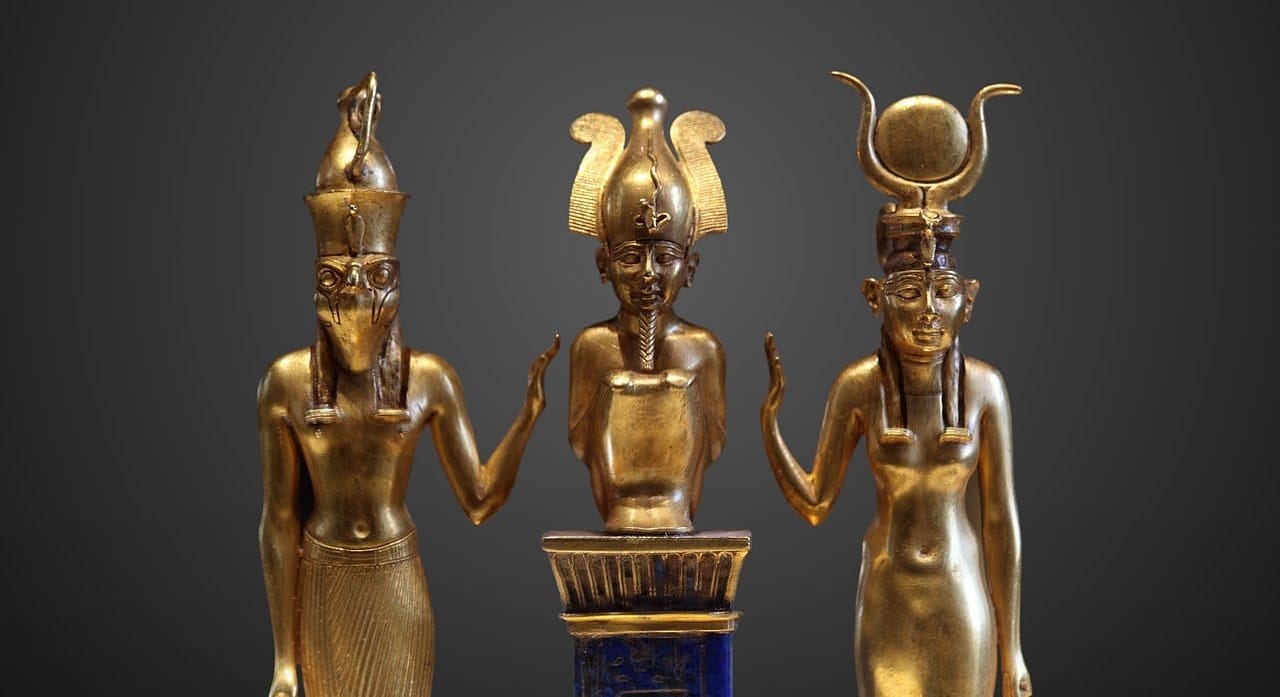
A dead man comes back to life and his mother remains a virgin... Two miracles! Add to that the astonishing idea that God had a child...
Is this Egypt?
It has been said that Horus was born after the murder of his father Osiris (by Set) and in a virgin birth to his mother Isis. Of course, it is really Osiris who is resurrected, not Horus, and Isis seems to have been as much a virgin as Jesus' mother. (More here). Similar ideas occur in Greek theology - e.g. the birth of Dionysus.
Still, the real issue is not whether Egyptian theology influenced early Christianity. It did.
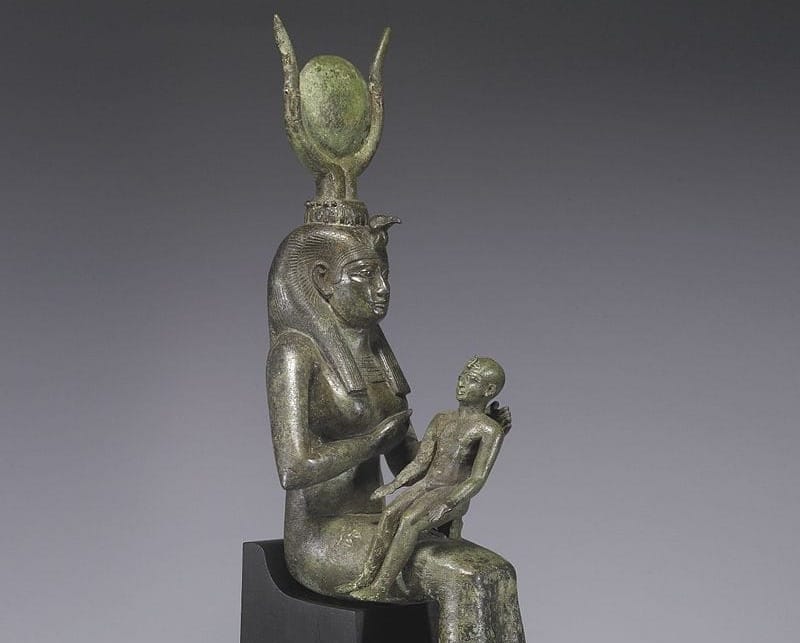
The real issue is the way in which dreams and miracles like these have shaped our beliefs: Jacob's Ladder, Delphi, The Magi, Constantine and the Battle of Milvian Bridge, the dream of Blessed Reginald... The Roman poet Ovid wrote that Morpheus, the god of dreams, sends images of humans into our dreams and he often pops up in them himself. Centuries later, Descartes was fascinated by this possibility. Then there's the film The Matrix...
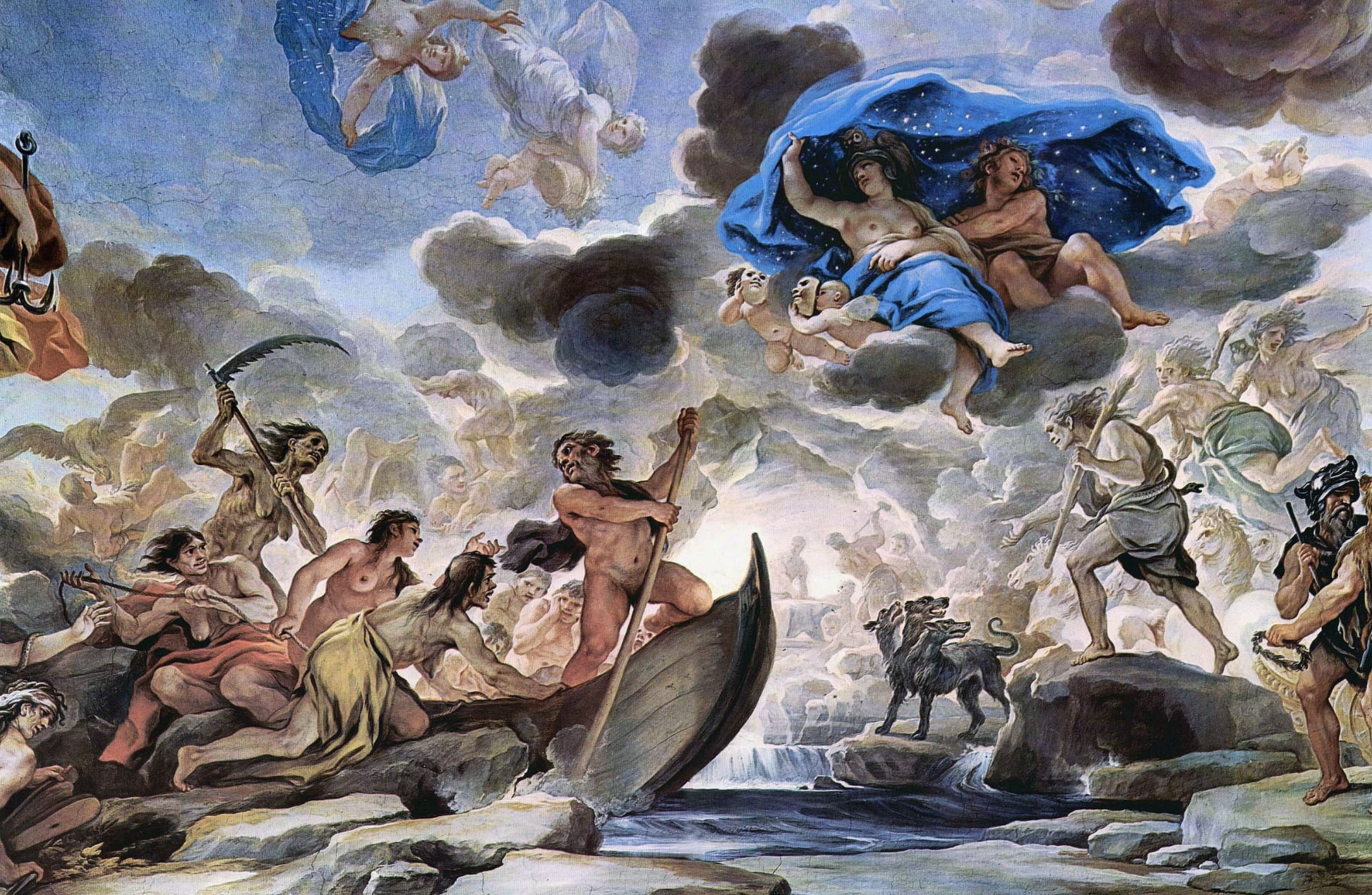
The gorgeous fresco shown above is The Barque of Charon, Sleep, Night and Morpheus (1682-86), by Luca Giordano. Charon is in the center and presumably that's Night arriving up top with no clothes on. This fresco is on a large ceiling in the Palazzo Medici Riccardi in Florence so it's impossible to capture in one photograph.
Dreams have been regarded as revelations for centuries. Even today many consider them a legitimate way to receive divine wisdom. But can dreams be trusted? The most famous ones have tended to be apocalyptic nightmares. Freud and Jung produced oceans of words attempting to prove that they could be revealing, but their lasting legacies were literary rather than scientific. Einstein's Theory of Relativity began life as a dream...
Miracles usually begin life as dreams, which is why "visions" are common among religious families and potential saints. Later still they are called "revelations" in order to justify them.
In their defense, dreams and miracles and revelations excite the imagination, they shake things up. Christianity's miracles defied Roman imperialism and Greek skepticism, proferring a secret wisdom that transformed the status quo by whispering "Anything is possible." Like Virgin births. Whenever religions get started, there is no better way to astonish the unbelievers and win over believers than to announce a miracle and then ensure that it cannot be challenged.
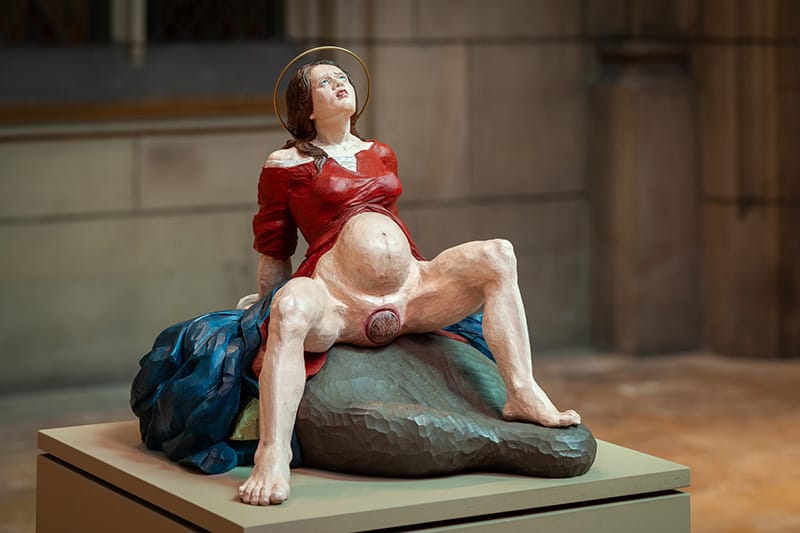
But they can be challenged. In recent years, academics and artists have (rightly) objected to "miracles" like the Virgin Birth, which they see as eliminating the physicality of childbirth altogether from their mythology. Above is a small statue called "Crowning" by sculptor Esther Strauss which went on display in Mariendom Linz (St. Mary's Cathedral, aka Cathedral of the Immaculate Conception) in 2024. Someone was so horrified that they beheaded her and, so far as I know, she has not returned. A copycat then beheaded Shahzia Sikander's statue "Witness" at the University of Houston, and Sikander has requested the statue not be repaired. The university has agreed to this and the statue remains on display.
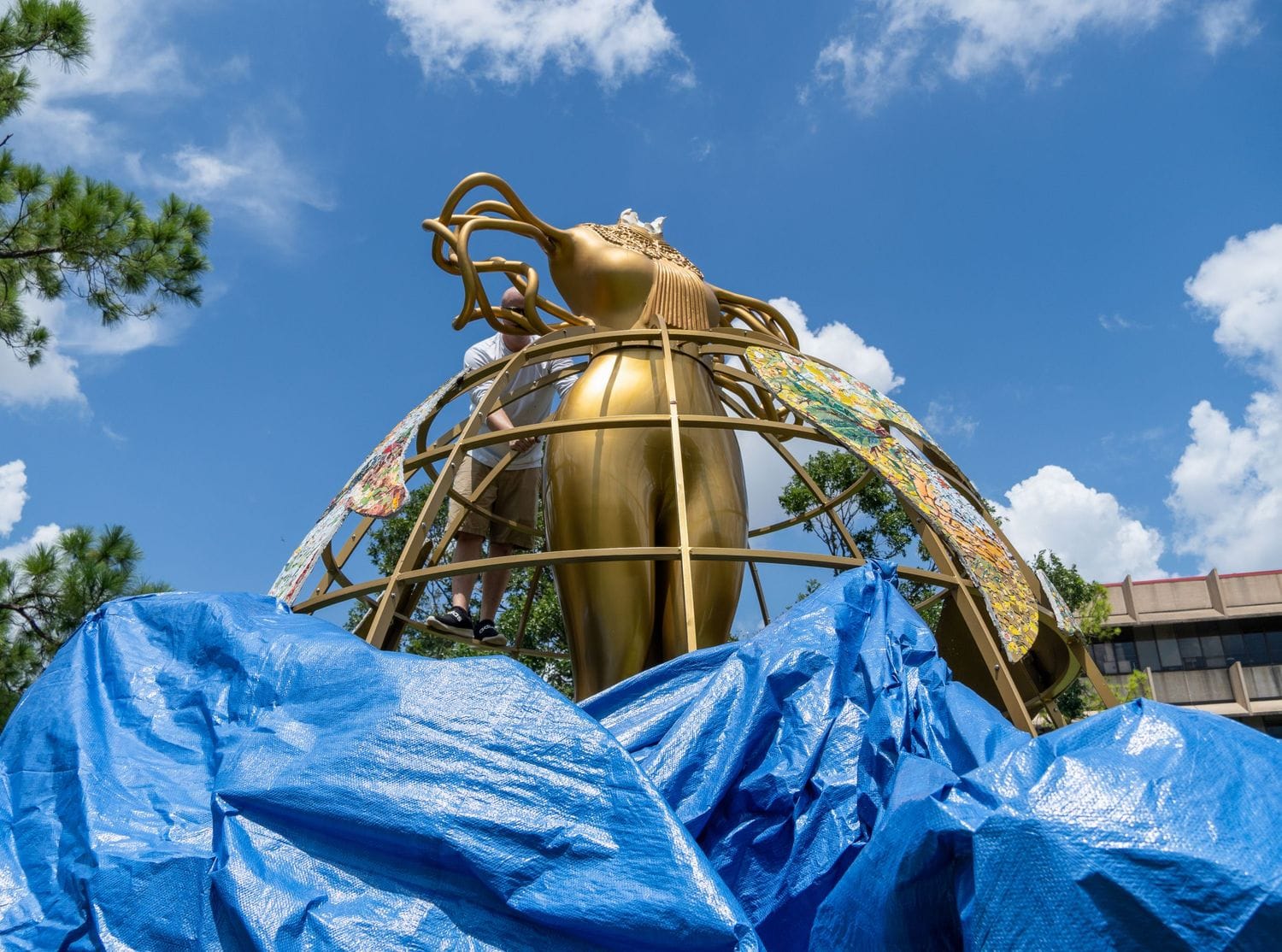
"The damage reflects the hateful misogynistic act and it should not be forgotten"
- Sikander - following the beheading.
